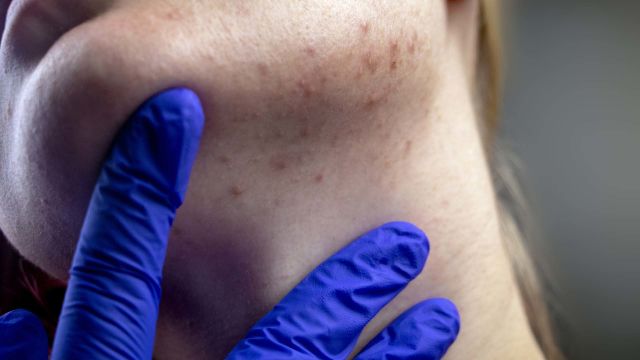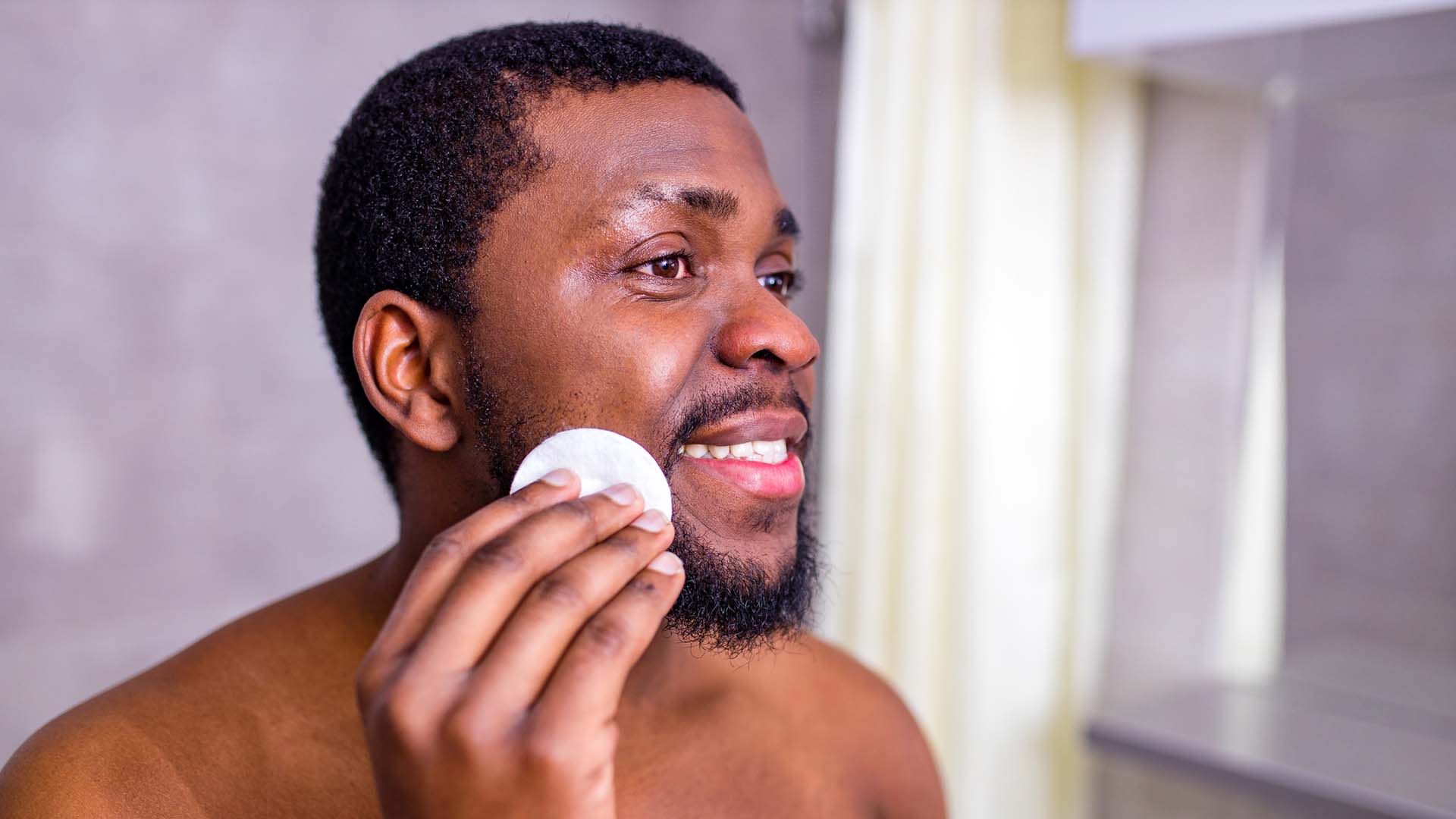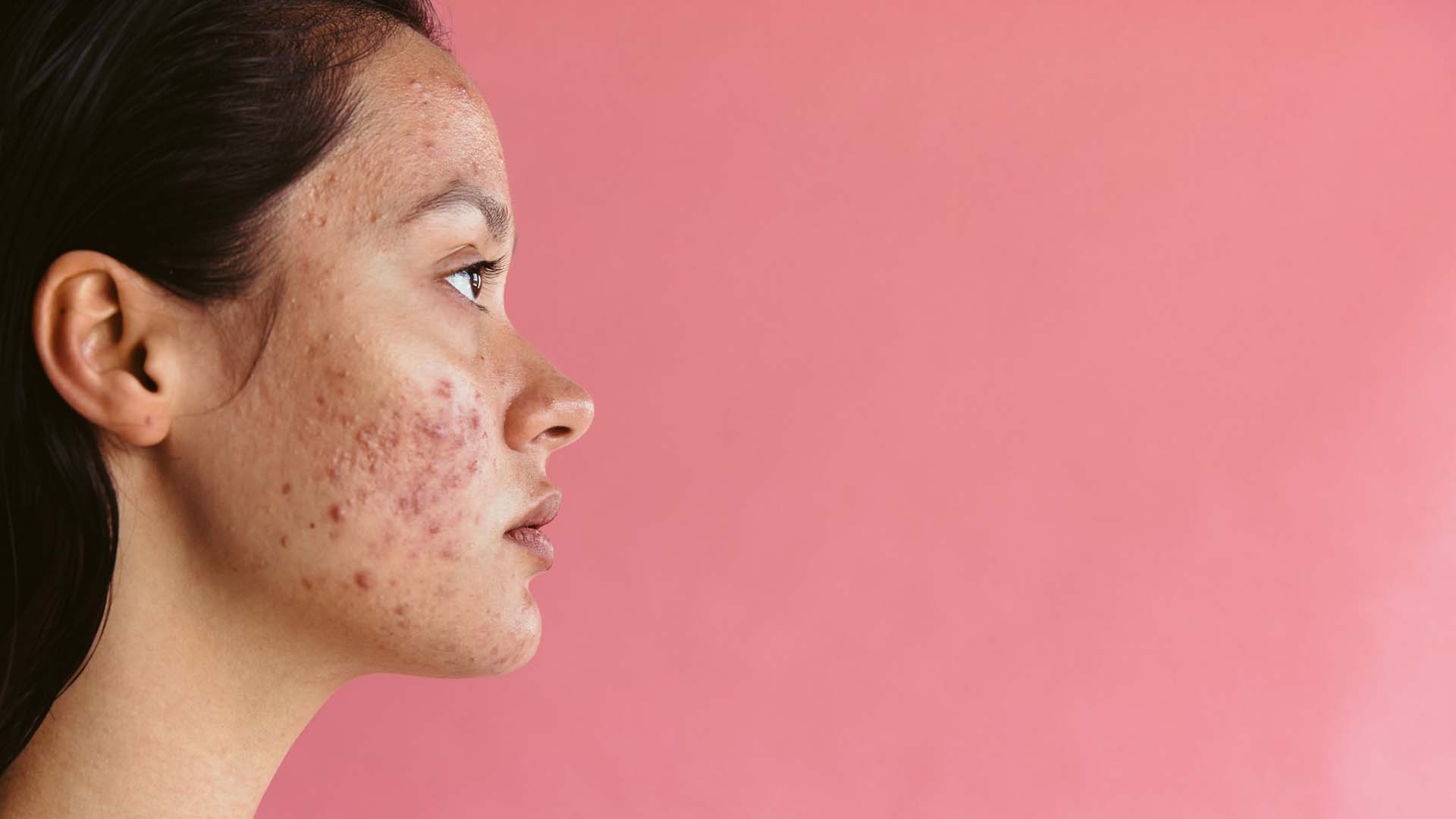Acne is often associated with adolescence and for good reason—roughly 85 percent of people experience some degree of acne between the ages of 12 and 24. One reason acne is so common among this age group is the increasing levels of hormones that occurs during adolescence.
However, acne is not limited to adolescents. Acne caused by changes in hormone levels affects people of all ages, including many adults. Here, we look at how changes in hormone levels contribute to acne and the role that hormones play in the treatment of acne.
How hormones contribute to acne
Acne is a skin condition that causes pimples. To understand how hormones cause acne, it helps to understand the basics of how pimples form.
- Pimples begin when hair follicles become clogged with clumps of dead skin cells and a substance called sebum.
- Sebum is a waxy, oily substance that helps the skin hold onto moisture and also helps protect the skin. Sebum is produced by glands in the skin called sebaceous glands.
- When more sebum is present in the skin, it can lead to an overgrowth of acne-causing bacteria. These bacteria can get trapped inside clogged hair follicles, which causes the clogged follicles to become inflamed.
During puberty, the body begins to produce more androgen hormones, particularly testosterone. Androgen hormones drive growth and sexual maturation, and act on many different parts of the body, including the skin. Increased levels of androgens cause the sebaceous glands to grow larger and increase sebum production—creating a better environment for pimples to form.
Changes in hormone levels can cause acne in adults as well. Examples include the hormonal fluctuations that occur during a menstrual cycle, during pregnancy, and during menopause—all are associated with acne breakouts.
Hormonal therapy for acne
Some acne treatments work by acting on hormone levels. Hormonal contraceptives (such as birth control pills) are a well-known example, and certain types of hormonal birth control can be used to treat acne. Not all hormonal contraceptives help clear up acne—some can make acne worse for some people.
A drug called spironolactone is another hormonal therapy option for acne. Because this drug lowers testosterone levels, it is typically only prescribed as an acne treatment in adult females.
Topical hormonal therapy
There is also a topical medication that contains a drug called clascoterone. This drug is an androgen receptor inhibitor, which works by reducing hormone activity in hair follicles. This appears to reduce sebum production and inflammation, which in turn helps reduce acne-causing bacteria and pimples. Topical medication containing clascoterone cannot be used by a person who is pregnant.
If you have acne—and especially if you have severe acne—talk to a healthcare provider. There are many treatment options available, which can help clear up the skin, prevent future breakouts, and prevent scarring and damage to the skin.
Always ask about potential side effects when starting any medication and tell your healthcare provider about all medications you are taking.






